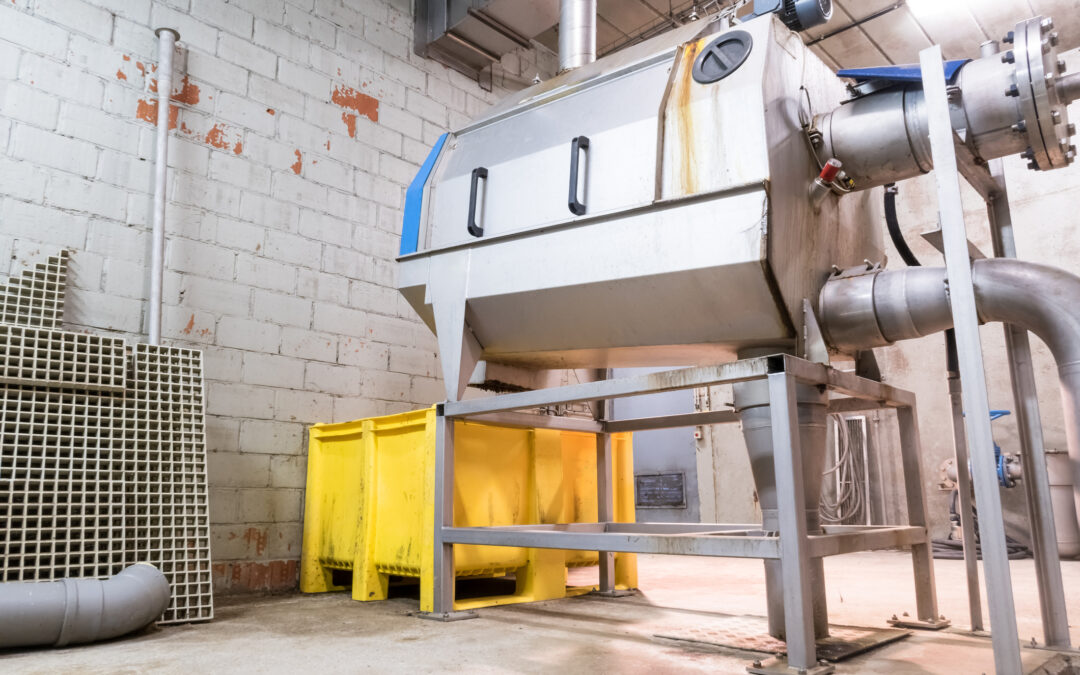Chemical coagulants to remove phosphorus from wastewater create chemical sludge. The amount of sludge produced depends upon which coagulant you use, and the dosage required to meet your discharge limits. Ultimately the volume and mass of the sludge requiring processing and disposal also depends upon the dewatering characteristics of the sludge, how the sludge holds onto or releases water, and the final percent solids.
Traditional coagulants and Neo WaterFX have similar sludge coefficients, but the similarity ends there.
The amount of chemical sludge produced per the amount of coagulant used is the sludge coefficient, expressed as kg of sludge/kg of coagulant dosed. The sludge coefficients for traditional phosphorus removal coagulants are shown in Table 1:
|
Table 1: Phosphorus Removal Coagulant Sludge Production |
|||
| P Removal Coagulant | Unit | Range | Typical Value |
| Alum, Al2(SO4)3•14H2O | kg dry sludge/kg coagulant | 0.2 -0.33a | 0.26 |
| Ferric sulfate, Fe2(SO4)3 | kg dry sludge/kg coagulant | 0.5-0.53a | 0.53 |
| Ferric chloride, FeCl3 | kg dry sludge/kg coagulant | 0.6-0.66a | 0.66 |
a Value without bound water
Source: Principles of Water Treatment, 2012, page 596.
Note that this sludge weight does NOT include the weight of the bound water. These floc forming coagulants bind water within the floc, adding significant weight to the sludge produced as well as impacting the dewatering characteristics.
Neo WaterFX has a similar sludge coefficient but without the bound water.
The sludge coefficient for Neo WaterFX is typically about 0.46 kg dry sludge / kg of coagulant. However, the sludge formed is a dense crystal, not a water binding floc, so there is little to no bound water adding to the weight or complicating dewatering.
WaterFX’s key advantage is MUCH LOWER dosage.
When it comes to sludge production, the dosage required to achieve the mandated phosphorus reduction has more impact than the sludge coefficient. WaterFX’s superior bonding with phosphate means that it can be dosed in a 1 to 1 molar ratio to achieve even very low limits.
Compare that to the molar ratio of traditional coagulants which can range from a 2 to 1 ratio for a high phosphorus effluent limit (over 1 mg/L), to 4 to 1 or even as much as 8 to 1 for very low phosphorus limits (approaching 0.01 mg/L). It is easy to see that WaterFX may reduce the chemical sludge by a factor of 3 to 8.
Then there is the issue of dewatering, and that pesky bound water.
The bound water trapped in traditional coagulant flocculant sludge resists dewatering. Switching to WaterFX will improve all dewatering processes to produce a drier sludge.
For example, typical improvement with a belt filter press results in 3 to 5% drier solids with WaterFX. For example, if previous dewatering produced a 15% dry weight sludge, switching to WaterFX would conservatively produce an 18% dry weight sludge. That may not sound significant, but look at the actual weight comparison with 100 lbs dry weight:
15% solids: 100/0.15 = 666.7 lbs sludge total
18% solids: 100/0.18 = 555.6 lbs sludge total.
So, a 3 percent improvement in the dryness reduces the amount of sludge by 16.6 percent.
With sludge, less is better, drier is better.
Phosphorus removal to low levels requires coagulants that produce chemical sludge. WaterFX requires less coagulant to achieve treatment goals, minimizing the amount of chemical sludge produced. Without the bound water trapped by traditional coagulants, WaterFX improves dewatering, reducing the weight and total volume of sludge requiring disposal.
Less sludge, drier sludge – that is the WaterFX advantage.
Reducing the quantity of chemical sludge and improving the dewatering properties is cost-effective – it is just good business. Contact us for a free consult on how WaterFX can improve your phosphorus removal while reducing sludge volume and disposal costs.



